Introduction to Bronze Casting Furnaces
Bronze casting furnaces are specialized equipment designed for the melting and casting of various metals, with a particular focus on bronze. These furnaces cater to the needs of industries that require precise and controlled melting processes to produce high-quality metal castings. The technology behind these furnaces has evolved to ensure efficient melting capabilities, making them a staple in metalworking and foundry environments.
Types and Applications
The variety of bronze melting furnaces available on the market serves a range of applications. From small-scale workshops focusing on intricate artistic pieces to large industrial settings manufacturing bulk metal components, these furnaces are versatile. They are not limited to bronze alone; many are capable of handling metals such as iron, aluminum, and copper, as well as precious metals like gold, silver, and platinum.
Features and Technical Specifications
A typical industrial metal melting furnace boasts features that enhance performance and safety. Capacitor banks are integral to these systems, ensuring current stabilization, while insulation prevents potential hazards. Advanced safety systems, including circuit breakers, are in place to mitigate risks during operation. The melting process can be conducted in open or enclosed furnaces, with some models requiring dual pots for both melting and transportation of molten metal.
The operational capacity of these furnaces varies, with some handling up to 20 tons of material. Power input ranges, working power, and melting speeds are tailored to accommodate different metals and operational scales. The ability to reach temperatures between 1,750 to 2,100 degrees Celsius is a testament to their robustness. Additionally, features like tiltable melting pots, often utilizing hydraulic tilting systems, enhance the functionality and ease of metal handling.
Materials and Construction
The construction of a metal casting furnace is designed to withstand extreme conditions. High-grade materials that can endure intense heat and resist corrosion over time are standard. Water-cooling systems are also incorporated to manage the high temperatures generated during the melting process, ensuring the longevity of the furnace and safety of the operation.
Advantages of Modern Furnaces
Modern bronze casting furnaces are equipped with PLC systems for streamlined operation, offering precision and control. The use of electrical induction systems for heating and hydraulic pressure for tilting are examples of the technological advancements that enhance efficiency and reliability. These features collectively contribute to the optimization of the casting process, ensuring consistent quality in metal production.
Choosing the Right Furnace
Selecting the appropriate bronze foundry equipment is crucial for meeting specific operational requirements. The vast selection available through global marketplaces caters to both small-scale artisans and large industrial operations. Without advocating for any particular brand or making promises on behalf of suppliers, it is clear that the range of furnaces offered can meet diverse melting needs, ensuring that businesses can find the right fit for their metal casting endeavors.




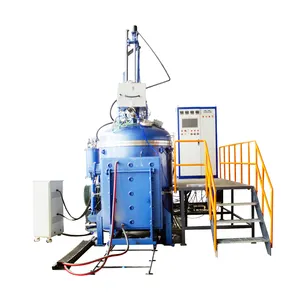



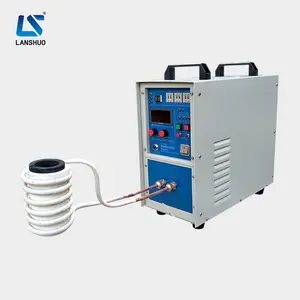

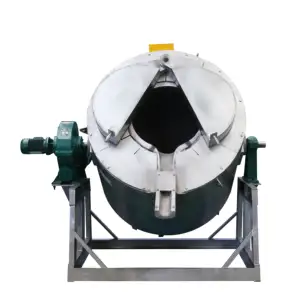


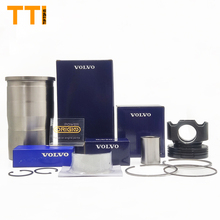

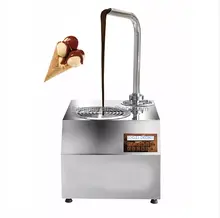

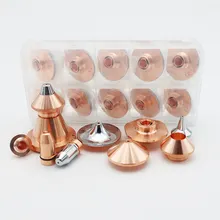

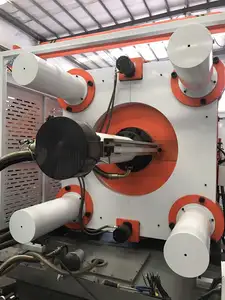


























 浙公网安备 33010002000092号
浙公网安备 33010002000092号 浙B2-20120091-4
浙B2-20120091-4